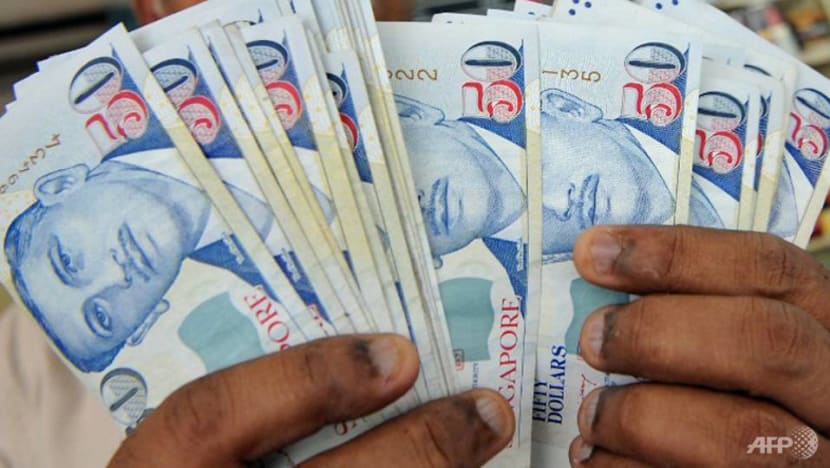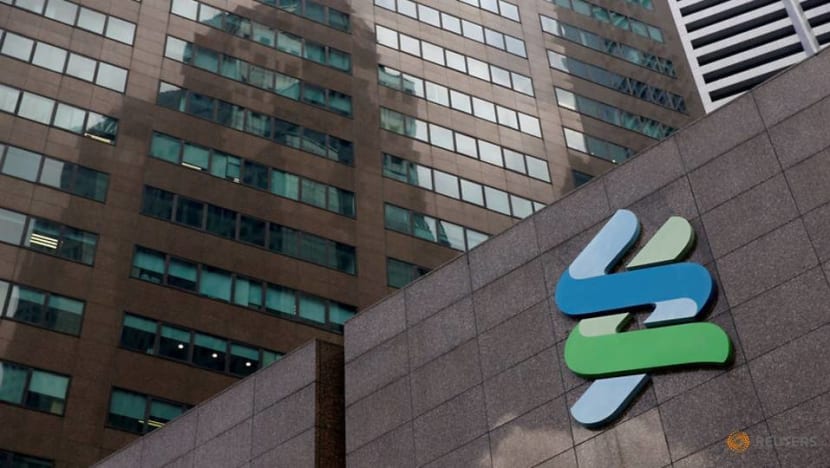commentary Commentary
Commentary: Consumers feel the pinch of rising interest rates
Some consumers will find it challenging to make their mortgage payments, say NUS Business School Professor Sumit Agarwal.

A family walking in Singapore. (Photo: Gaya Chandramohan)
SINGAPORE: After four interest rate hikes in 2018, US Federal Reserve announced that interest rate increases would be put on hold, on the back of sluggish inflation and slowing growth in Europe and China.
This must be music to many ears, interest rate increases over the past year have had implications for investors around the world, including Singapore.
Unlike other countries where lending rates are typically dictated by the central bank, interest rates in Singapore are determined by the Singapore Interbank Offered Rate or SIBOR.
Interest rates movements in the US will influence the SIBOR in Singapore, which, in turn, will affect local mortgage lending rates.
LOW INTEREST RATES FOR ALMOST A DECADE
In the past, Singaporeans have enjoyed very low bank lending rates for almost a decade - close to 1 per cent. This is truly remarkable for consumers who are looking for bank financing.
The low rates have meant that many have been able to get a mortgage loan for close to 1.5 per cent, finance a car, and possibly even get a small business loan at very low rates at the same time.
READ: Succeed in your career, settle down, buy a BTO. Is this Singaporean dream outdated? A commentary
However, over the past year, these rates have been moving up and now they are close to 3 per cent. Clearly, this has consequences for consumers who have existing loans or are thinking of taking out new loans.
Consumers who have cash do not need to borrow money. However, those who are liquidity constrained, or do not have enough cash in hand are more likely to borrow from banks for big purchases. For them, it is difficult to service existing debt when rates go up.

Consider a family with a combined take-home pay of about S$3,000 a month, makes a S$1,000 mortgage payment, another S$1,000 for kids’ education, transportation and other necessities, and another S$1,000 for discretionary spending like dining out, clothes and travel.
They are pretty much tapped out at the end of the month and are essentially living from paycheck to paycheck.
READ: A mediocre year ahead as dark clouds gather over global economy, a commentary
When interest rates go up from 1.5 to 3 per cent, the consumer debt service burden has essentially doubled. Consumers, especially those in the lower income group, will find it challenging to make their mortgage payment.
In our example, it is likely their mortgage payment will go up from S$1,000 to as high as S$1,500.
THREE OPTIONS
At this rate, they have three options. First, they can default on their mortgage. With such increases in interest rates, the reality is that some people will have a hard time making ends meet.
The second option is to cut down on other forms of consumption. The easiest items to cut down on would be durables and discretionary items such as electronics, clothes and restaurant meals. Essentially, these consumers on the edge must tighten their belts.
The third option is to borrow on their credit cards and take on debt to support current consumption at the cost of future consumption.
Consumers who can afford the higher loan payments will nevertheless be concerned as many may have thought that interest rates will not go up beyond three percentage points. If it were to rise higher to 4 per cent, it may put this group on the edge as well.
They must start thinking about what to do moving forward in terms of their spending behaviour and savings.
INTEREST RATE MOVEMENTS SHOULD NOT BE A SURPRISE TO HOMEBUYERS
Unfortunately, interest rates fluctuations are not new. Hence, in Singapore, the Housing and Development Board (HDB) offers a fixed-rate mortgage option to all public housing buyers. However, these mortgages come with some strict restrictions and are priced higher compared to bank loans.

READ: Mind the varied impact of HDB schemes on different groups of home owners, a commentary
So some HDB home buyers choose to take out a bank loan for their public housing. Meanwhile, all private home buyers need to get a bank loan.
Since banks can only give a maximum loan of 75 per cent of the house value since been tighter restrictions on the loan-to-value limits were announced last year, homeowners will need more cash on hand for the down payment.
This will stretch their finances and force them to draw down on their savings, savings which would have come in handy when interest rates rise.
It is also often the case that many homebuyers buy bigger homes in anticipation of future housing needs. This increases their current debt service burden when rates rise.
They should have instead bought a smaller house that requires a smaller mortgage payment every month, giving them more buffer for future rate changes.
BROADER IMPLICATIONS
Rising rates will also have broader implications in the economy. Consumers and businesses are less likely to take out new loans at higher rates and this will hurt economic growth.
Thus, banks need to think about how that transmission of SIBOR, will affect bank lending behaviours to consumers and businesses, and impact to their future business plans.
Commercial banks should consider how a higher SIBOR would affect their current portfolio of services. First, they will get fewer buying houses as the higher interest rate makes purchasing housing more costly.
Second, many may default on their mortgages so the banks will have a higher credit risk on their portfolio. We are already seeing early signs of this in Singapore with the mortgage slowdown due to rising interest rates and the latest round of property curbs.
Furthermore, the impact will also extend to consumers shying away from credit cards and auto loans. Businesses some also will be less likely to take out commercial loans because of high interest rates.

From a regulatory point of view, monetary policy in Singapore overseen by the Monetary Authority of Singapore (MAS) takes the form of a nominal exchange rate policy to keep prices stable. This combined with the act that Singapore has a relatively open capital account, means that the MAS is unable to influence interest rates at the same time, without risking capital flows.
What these collectively mean is that this rise in interest rates will inadvertently have implications for the most vulnerable consumer – those that do not understand financial markets and how banking works.
There is really few effective solutions apart from greater financial literacy including an understanding of what can influence one’s loan payment amounts for one to make better decisions.
Sumit Agarwal is the Low Tuck Kwong Distinguished Professor of Finance, Economics and Real Estate at NUS Business School. The opinions expressed are those of the writer’s and do not represent the views and opinions of NUS.















